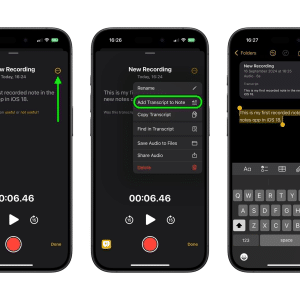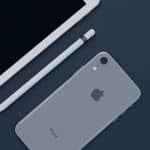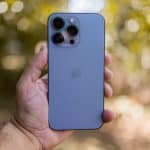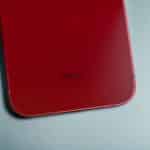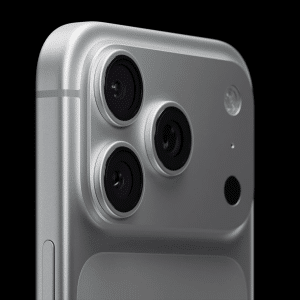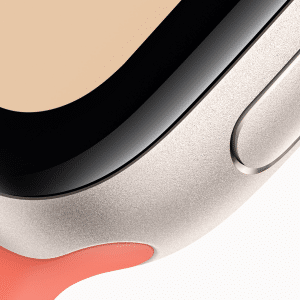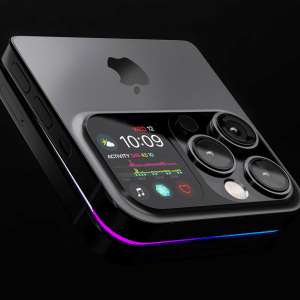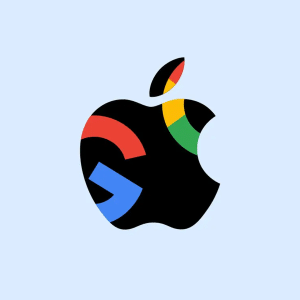Only last month I declared the iPad Air the most tempting tablet on the market. But now you can build a convincing case that the Air isn’t the most tempting iPad anymore. Such a designation, at least for the person who prefers a more compact design, is reserved for the brand new iPad Mini with
Retina display, a tablet more elegant than its name.
I’ve been using the latest Mini for a few weeks and consider it the best small-screen tablet on the market, period. It’s not necessarily the best value for a price-sensitive consumer, however, given such strong and less expensive alternatives as Google’s Nexus 7 and Amazon’s 7-inch Kindle Fire HDX.
The size of the Retina Mini marks the only significant difference between it and the iPad Air. And even at that you find similarities — at 0.29 inches they are equally thin. The designs are also remarkably alike, as if Apple left the Air in the dryer too long and it shrank to Mini proportions. Both have narrow bezels on the side, and wider ones on the top and bottom. As the larger of the two, the Air comes in at 1 pound, while the Mini weighs just under 3/4 of a pound. And the Air is about an inch-and-a-half longer and 1.3 inches wider than the Mini.
In virtually every other respect, the new iPad Mini matches the iPad Air spec for spec and feature for feature, starting with the most visible and welcome addition of all, the bright and brilliant Retina display that’s not only on bigger iPads, but also some iPhones and Mac computers.
Given the sameness, you’re left with the classic trade-off: pitting a smaller and lighter iPad against a heavier model with a bigger screen. Yes, iPad buyers had to wrestle with the same decision a year ago, but it’s a more difficult choice this time around. The reason: While the screen on the original Mini wasn’t awful by any means, it was clearly inferior to the Retina display.
The smaller guy is certainly easier to manipulate with one hand than its larger sibling but remains too bulky for all but the biggest pockets. And while I’m not crazy about taking pictures with either tablet, I think I’d be more inclined to do so with the Mini.
The Retina display on the Mini measures 7.9 inches, a size that Apple points out is 35% larger than on rival 7-inch tablet displays. Flip the digits around on the iPad Air: Its screen is at 9.7 inches.
Both tablets have the same 2048 by 1536 resolution, with the Mini cramming in more pixels per inch than the Air (326 vs. 264.)
Each new model houses Apple’s powerhouse 64-bit A7 processor, as well as the M7 motion coprocessor — so they both feel plenty fast.
Each also adds a second antenna and built-in technology to bolster the performance of wireless.
In my house I could reach the Wi-Fi emanating from my basement router much more easily on the new Mini than on last year’s model.
The front and rear cameras across the Air and Mini are also virtually identical. And, as you’d expect, the two machines run the same software — the iOS 7 operating system at its core, and the 475,000 or so apps that have been especially designed for iPad use. You get Apple’s own iPhoto, iMovie, GarageBand, Pages, Numbers and Keynote apps for free, a terrific bonus.
Apple claims the same 10 hours of battery life off a single charge for the two tablets as well. I run a harsher battery test than Apple does in which I up crank the screen brightness all the way and stream a movie over Wi-Fi.
On the iPad Mini I came up 10 minutes short of six hours. Running the same test on the iPad Air, I got around 51/2 hours. You can expect to do better under more “typical” circumstances.
You can purchase a Wi-Fi-only Retina Mini with 16GB of storage for $399, or $100 less than the starting iPad Air price. The starting price for a 16GB model that adds cellular is $529. You can pay as much as $829 for a 128 GB Retina model with cellular.
The original lower-resolution Mini remains in Apple’s lineup, at $299 for Wi-Fi only or $429 with cellular.
While those are good prices for an iPad, you’re still paying a premium compared with the other smaller screen tablets on the market, most notably Google’s latest Android-based Nexus 7 and Amazon’s smaller screen Kindle Fire HDX, both $229 to start.
Because the Air and the Retina Mini are so much alike, the same few criticisms or items that I’d put on my iPad wish list apply to both tablets.
Too bad, for instance, that Apple didn’t include the Touch ID fingerprint scanner that is on the iPhone 5s, which permits you to use your fingerprint to unlock the machine or authenticate iTunes transactions.
And I wish Apple would supplement the parental controls in iOS 7 with the kind of time limits Amazon has on the Kindle Fire HDX tablets.
I’m nitpicking now, though. Because for those seeking a smaller tablet, the iPad Mini comes up big.
Baig is the co-author of iPad Mini for Dummies, an independent work published by Wiley.
Marcio Jose Sanchez, AP
USA TODAY

